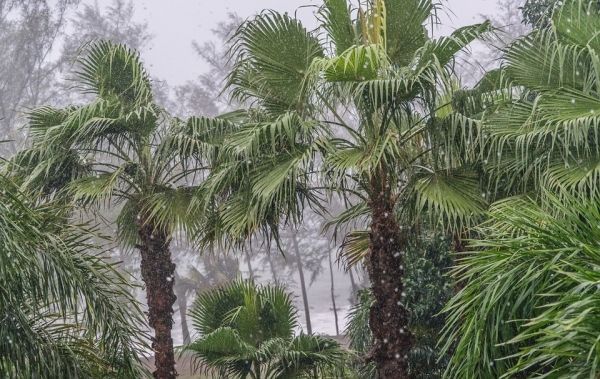A recent work published in Geophysical Research Letters by a team of researchers from the Institute of Atmospheric Physics (IAP) at the Chinese Academy of Sciences finds that the projected uncertainty of the precipitation increase over global land monsoon regions by the Coupled Model Intercomparison Project Phase 6 (CMIP6) models is mainly due to the spread of the circulation changes across models.
Billions of people living in the global land monsoon regions rely on the freshwater resources from monsoon rainfall. Monsoon rainfall has one of the largest variabilities in the climate system, which could cause drought and flood disasters. Unusual monsoon activities would influence the livelihood of population. Both policy-makers and scientists need a reliable and accurate projection results.
In the CMIP6, four new projected scenarios (SSP1-2.6, SSP2-4.5, SSP3-7.0 and SSP5-8.5) reflect a set of alternative futures of the social and economic development. The researchers found that the global land monsoon summer precipitation increases under all scenarios, by about 2.54% and 5.75% in the lowest (SSP1-2.6) and highest (SSP5-8.5) emission scenarios. The enhancement is caused by thermodynamic responses due to increased moisture.
"Global land monsoon region is dominated by ascending motion in summer. The increase moisture due to global warming can result in the increase of vertical moisture advection and contributes to the wetting trend in summer, which is also called wet-get-wetter mechanism," said CHEN Ziming from IAP, the first author of the paper.
Read more at Institute of Atmospheric Physics, Chinese Academy of Sciences
Photo Credit: Mariamichelle via Pixabay


